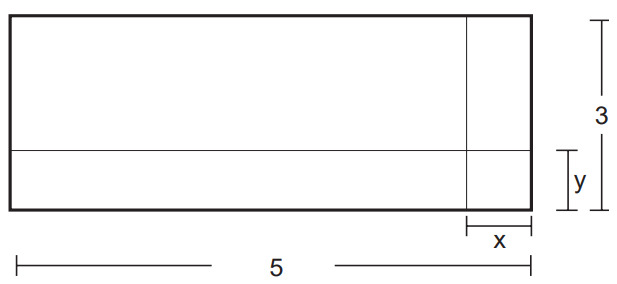Brazil was the last nation in the western world to officially abolish slave labor, which occurred in the late nineteenth century. However, in practical terms, this problem continues to exist today. Recent information estimates the occurrence of 200,000 workers in the country living in slavery, according to data from Global Slavery Index, prepared by Non-Governmental Organizations (NGOs) linked to the International Labor Organization (ILO).
First, it is important to establish the definition of what is properly considered the slavery regime. According to the ILO, any degrading work regime that deprives workers of their freedom is considered a slave. This occurs in Brazil, for the most part, in rural spaces far from urbanized centers and transport routes for escape, where workers are generally coerced to continue working under the allegation of the existence of debts with farmers.
But this type of occurrence does not always happen that way and it is not something exclusive to the agrarian environment either. In September 2013, for example, the Ministry of Labor and Employment (MTE) denounced the existence of workers under slavery in the expansion works of the Airport of Guarulhos, in the state of São Paulo. Paul.
In practical terms, it is possible to affirm that slave labor was never completely abolished in the national territory. However, it was only in 1995 that the government officially acknowledged to the ILO the existence of this type of problem in the country, although this was one of the first in the world to carry out this type of pronouncement. Currently, despite the large number of enslaved workers in the country, Brazil is considered internationally one of the most advanced countries in governmental and non-governmental efforts to end this problem.
Geographically, it is possible to view the occurrence of slave labor in Brazil on the following map:

Map of the number of enslaved workers rescued in Brazil from 1995 to 2006 *
Not coincidentally, the darker spots on the map indicate a greater number of enslaved workers rescued in the expansion zones of the country's agricultural frontier, reaching, for the most part, stretches of the North, Northeast and Midwest. In these areas, where the deforestation process is still ongoing, there is no adoption of more advanced agricultural techniques, in addition to present geographical conditions that make inspection difficult, such as dense forest, not to mention political power relations local.
Brazil, according to a ranking prepared by the Non-Governmental Organization Walk Free Foundation, ranks 94th in the world among the countries that, proportionally to their population, have more workers in slavery. Although Brazilian stocks are considered exemplary internationally, the country still finds difficulties in advancing on this issue, as it collides with various interests, especially of landowners.
An example is the case of the Constitutional Amendment Proposal (PEC 57-A/1999) which intends to tighten the laws on the subject, the so-called Slave Labor PEC. This proposal has been in the legislative process since 1999 and has been difficult to pass, with refusals based on fragile arguments, such as the that the concept of slave labor in Brazil is not good, which is not true according to most entities and NGOs that work in this area. subject matter.
the problem, in the truth, is that this PEC poses issues that deeply displease many among large landowners, such as the confiscation of properties where slave labor was caught and its destination for Agrarian Reform, without compensation to the owner.
Despite Brazil recording recent advances in the fight against slavery definitively, there are still many problems that still need to be diagnosed and eradicated, given the large number of estimated people living in sub-human conditions of work. Slavery is internationally considered a serious violation of human rights, in the sense of exploiting and depriving human beings of the exercise of their freedom.
_____________________
* Image source: THÉRY, H. et. al. Atlas of slave labor in Brazil.São Paulo: Friends of the Earth, 2009. p.24. Available at: <http://amazonia.org.br/wp-content/uploads/2012/05/Atlas-do-Trabalho-Escravo.pdf>
By Rodolfo Alves Pena
Graduated in Geography
Source: Brazil School - https://brasilescola.uol.com.br/brasil/trabalho-escravo-no-brasil-atual.htm


